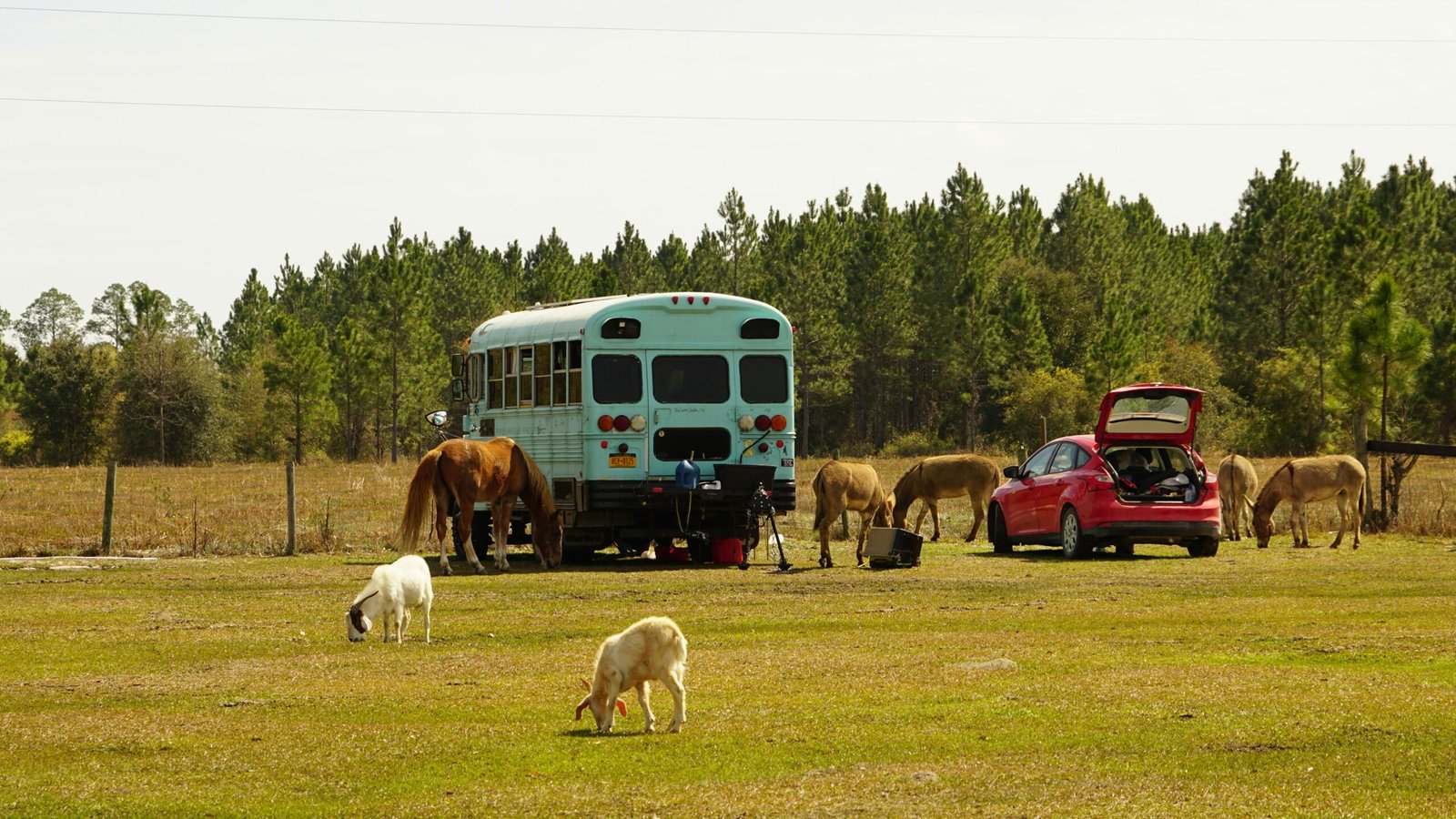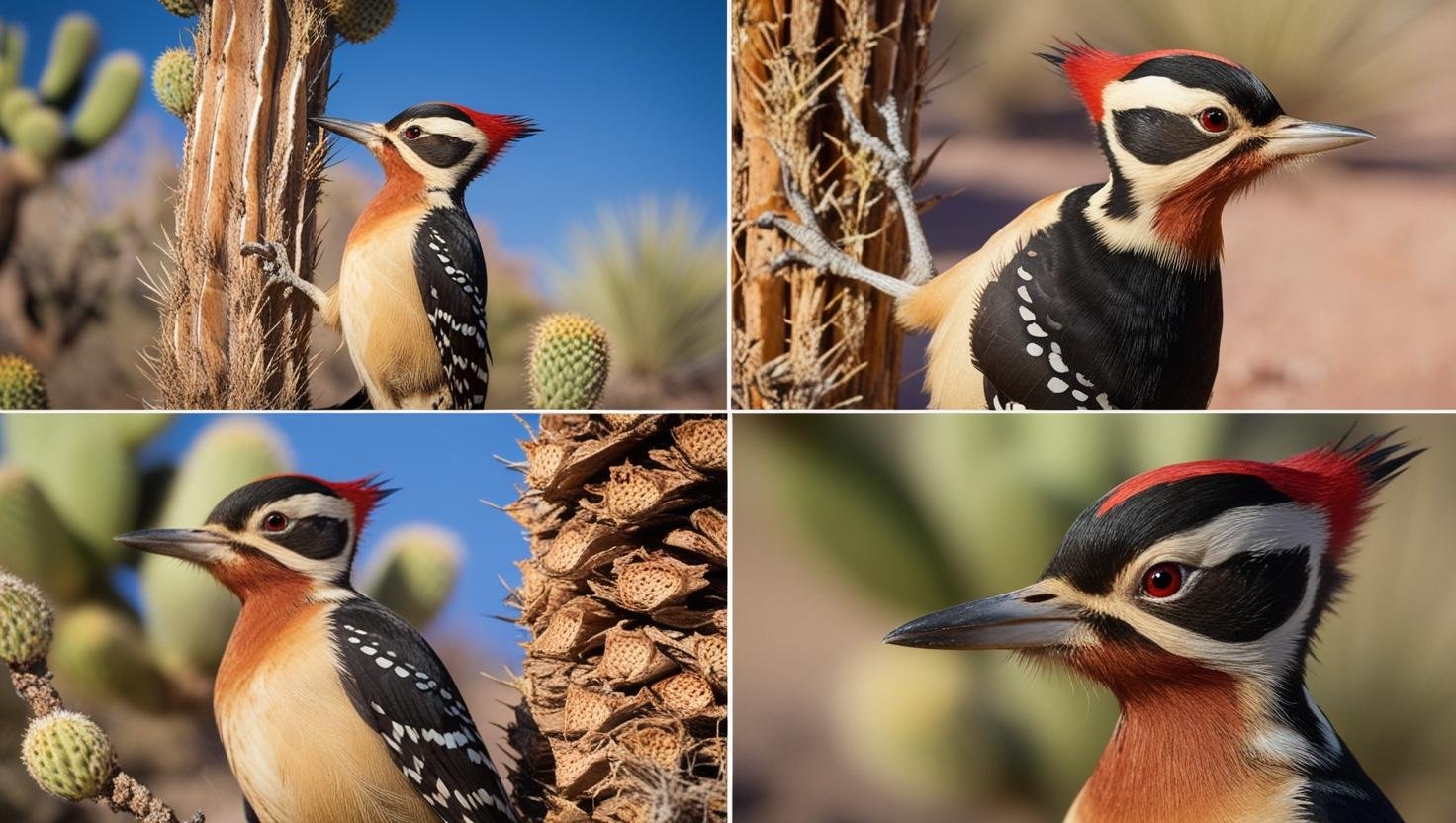March 5, 2025 – By Alex Magalhaes
Introduction to the Greater Roadrunner
The Greater Roadrunner, scientifically known as Geococcyx californianus, is a captivating bird that thrives in the arid landscapes of the southwestern United States, particularly in Arizona’s expansive deserts. Known for its remarkable adaptability, the Greater Roadrunner is most frequently spotted in open grasslands, scrublands, and even urban areas where habitat encroachment has occurred. This avian species plays a significant role in its ecosystem, providing natural pest control as it preys on various small animals, including insects, lizards, and rodents.
One of the most distinctive features of the Greater Roadrunner is its striking plumage. This bird showcases a combination of iridescent blue, brown, and cream-colored feathers that serve both functional and aesthetic purposes. The sleek, streamlined body is complemented by a long tail adorned with white-tipped feathers, which can be fanned out to create an eye-catching display. Such features not only enhance its visual presence but also aid in communication and mating rituals. Notably, the bird’s iconic crest of feathers atop its head adds to its unique appearance, making it easily recognizable amid its desert surroundings.
As a ground-dwelling creature, the Greater Roadrunner displays incredible agility; it is capable of reaching speeds up to 20 miles per hour. This is especially beneficial for catching prey or evading predators in the harsh desert environment. Additionally, their keen eyesight and acute sense of hearing allow them to navigate their habitat effectively. The Greater Roadrunner has developed a range of adaptations over time to survive in the challenging climate of Arizona, making it not only a symbol of the region’s biodiversity but also an intriguing subject of study for ornithologists and nature enthusiasts alike.
Habitat and Behavioral Traits
The Greater Roadrunner is primarily found in the arid landscapes of Arizona, adapting seamlessly to the challenging conditions posed by this environment. These birds have a preference for open desert regions interspersed with shrubs, cacti, and rocky outcrops, which provide both shelter and hunting grounds. Their conservative choice of habitat allows them to exploit resources while evading predators. The Greater Roadrunner’s ability to thrive in such harsh conditions is attributed to their physiological adaptations, including efficient thermoregulation, which helps them withstand high temperatures during the day.
Behaviorally, the Greater Roadrunner is known for its remarkable running speed, often reaching speeds of up to 20 miles per hour. This exceptional speed is not just a means of escaping threats but is also employed in hunting, as they chase down prey such as insects, small mammals, and reptiles. Observations in the field have noted these birds engaging in a variety of feeding habits, including the clever use of tools. They have been seen dropping hard-shelled prey from height to crack them open, demonstrating both intelligence and adaptability in their diet.
Additionally, social interactions among Greater Roadrunners are noteworthy. They often engage in vocalizations and intricate displays during courtship, reflecting their complex social structure. These behaviors underscore their active engagement with their environment, as they establish territories through vocal calls and physical displays of prowess. Reports by bird watchers have highlighted instances of Greater Roadrunners engaging in cooperative behaviors, where they work in pairs to fend off potential threats or to hunt more efficiently. Their unique habitat and behavioral traits combined contribute to their reputation as fascinating desert dwellers, capturing the interest of ornithologists and nature enthusiasts alike.
Cultural Significance and Conservation Status
The Greater Roadrunner holds a prominent place in the cultural narratives of Native American tribes, particularly in the southwestern United States. Revered for its speed and agility, the roadrunner is often depicted in folklore as a symbol of cleverness and resourcefulness. In many Native American stories, the bird plays the role of a trickster, known for outsmarting foes and overcoming challenges. This cultural significance has made the Greater Roadrunner an integral part of the spiritual and symbolic landscape of the region, illustrating the deep connection between indigenous peoples and the wildlife that inhabits their environments.
In addition to its role in cultural tales, the roadrunner has also found its way into popular media, notably as a central character in various animated cartoons, most famously as part of the “Looney Tunes” franchise, where it is often seen evading the persistent pursuits of Wile E. Coyote. This representation has further solidified its image in contemporary culture, contributing to the perception of the bird as an icon of speed and resilience.
Despite its cultural importance, the Greater Roadrunner faces significant threats that jeopardize its survival. Habitat loss due to urbanization and agricultural expansion poses a major risk to their populations. Wetlands and desert areas, which serve as vital ecosystems for these birds, are increasingly being altered or diminished. Moreover, the impacts of climate change exacerbate these threats, leading to shifts in temperature and precipitation patterns that may disrupt the roadrunner’s habitat and food sources. As these desert dwellers continue to adapt to changing circumstances, the conservation of their natural habitats becomes crucial to ensuring their longevity. Raising awareness about their ecological roles is essential in fostering a collective effort toward the protection and preservation of these fascinating birds and their environments.
Photographic Journey and Fun Facts
The Greater Roadrunner, a conspicuous inhabitant of the desert landscapes of Arizona, is a bird that captivates both casual observers and avid bird watchers with its remarkable characteristics. With striking plumage marked by a blend of browns and whites, roadrunners exhibit a stellar physical presence, especially when caught in motion, running up to 20 miles per hour. Observing these birds in their natural habitat can be a breathtaking experience, as they exhibit a variety of behaviors that showcase their adaptability to arid environments.
Photographs of Roadrunners often depict their agile movements, whether they are sprinting across the sun-baked earth or skillfully navigating through prickly cactus blooms. These images not only reflect their physical agility but also capture their unique habits, including their intriguing mating displays. During courtship, roadrunners perform a series of high-energy rituals that involve intricate dances, vocalizations, and even the presentation of food items. Such displays underscore the complexity of their social structures, showcasing their commitment to attracting mates.
In addition to their striking behaviors, Roadrunners possess a range of unusual attributes that contribute to their charm. For instance, they are known for their distinctive calls, which can resemble a series of low coos intertwined with sharp, rhythmic sounds. These vocalizations serve various purposes, from establishing territory to communicating with their partners. Furthermore, these energetic birds have found themselves in an unusual predator-prey dynamic within their desert ecosystems; they are capable of preying on creatures as substantial as rattlesnakes, further exemplifying their adept hunting skills.
Through stunning photographs and these fascinating insights, the world of Greater Roadrunners unveils a story of survival, adaptability, and the intricate tapestry of life that defines Arizona’s deserts. Each observation leads to a deeper understanding of how these avian creatures navigate their challenges, making them an engaging subject for photography and study alike.
Affiliate Disclosure: As an affiliate, I may earn a small commission from qualifying purchases through links in this article, at no additional cost to you.









